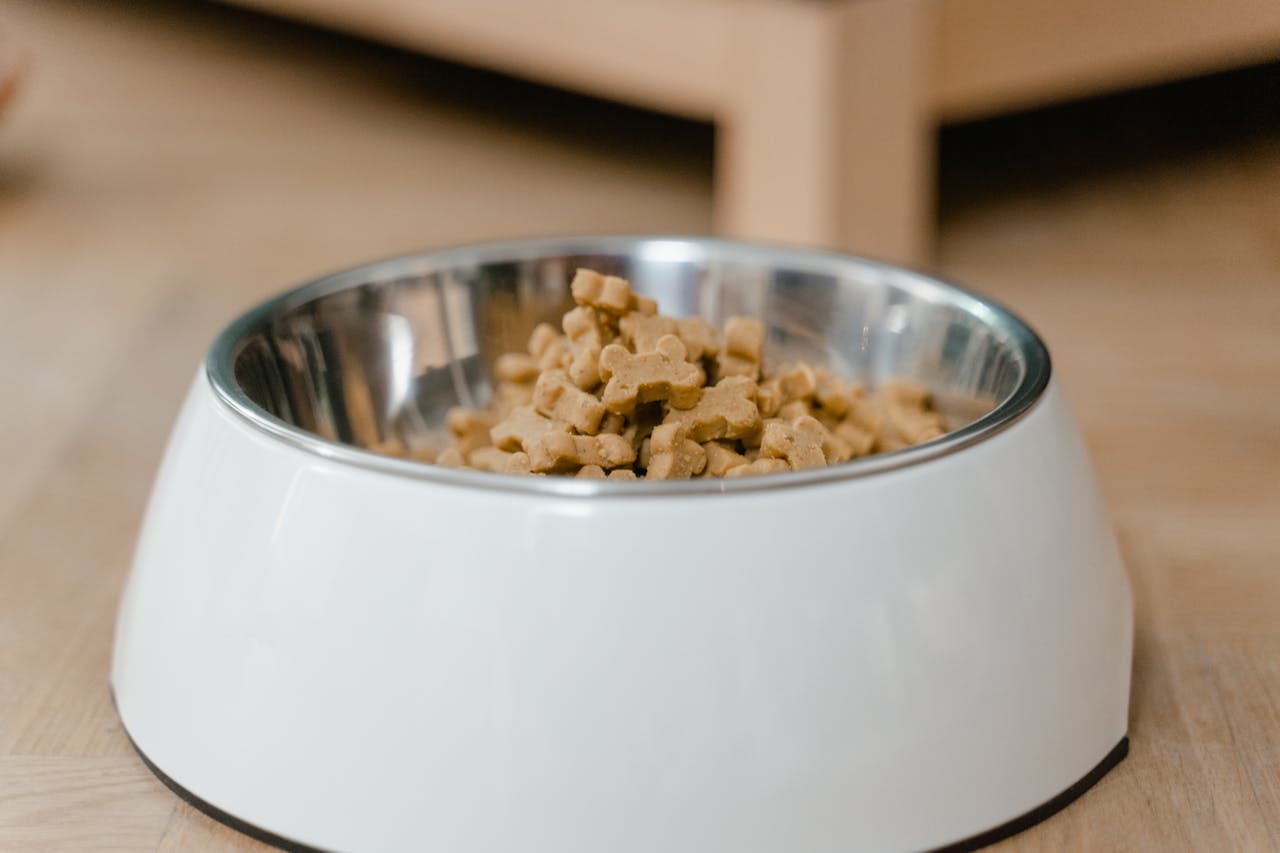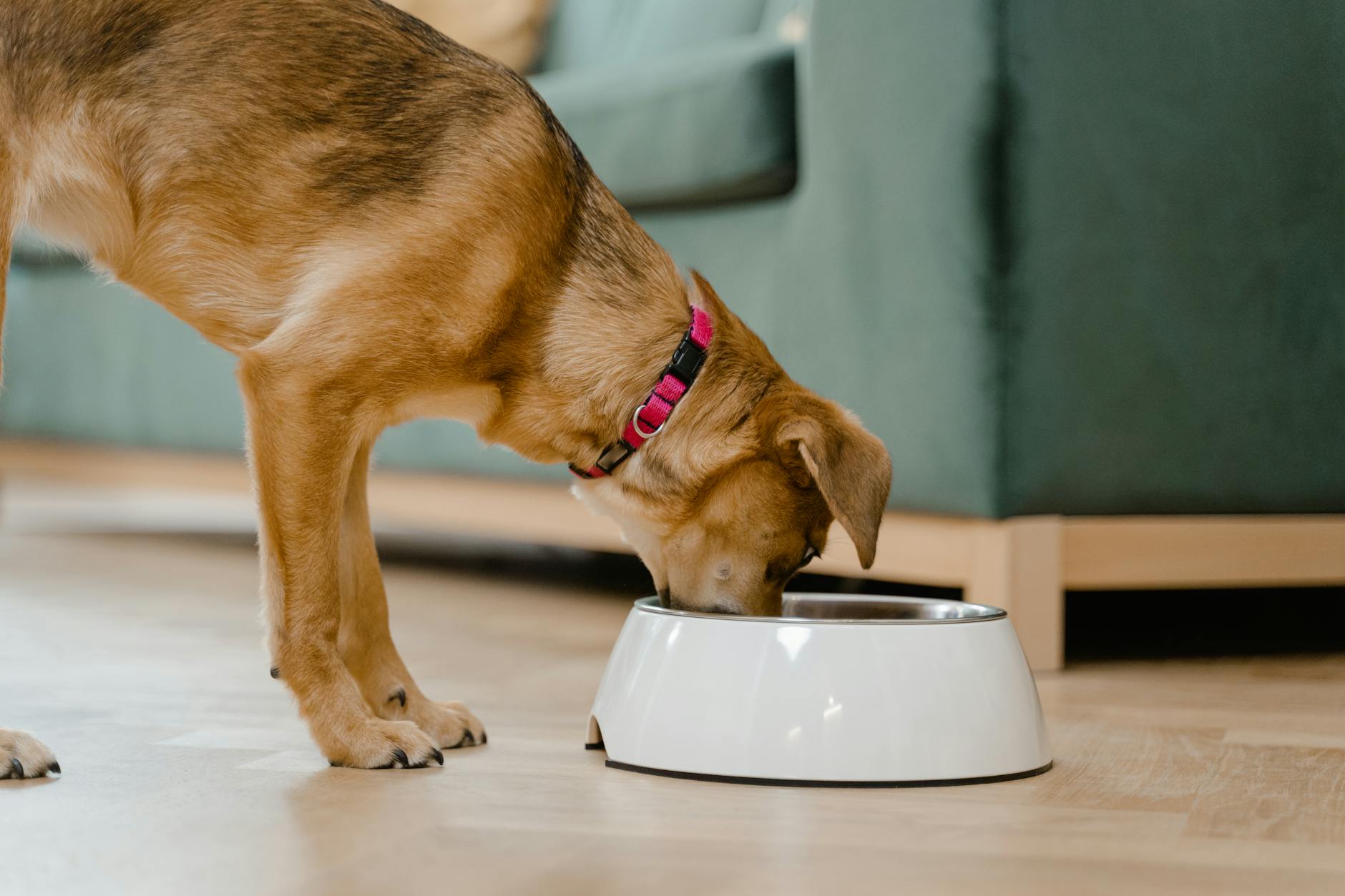Pet Food Info
Level 1. Awesome Foods
Level 1 foods contain no common food allergens and are highly digestible. Typically, they contain added probiotics, though this feature is not a requirement.
Probiotics are beneficial living bacteria (as in yogurt), which are added after the cooking process too aid in digestion. They provide the meat carnivores need without the Byproducts commonly found in other commercial foods. PET DEPOT retail establishments are committed to providing customers with a variety of Level 1 food brands. (For a complete listing of Level 1 foods, go to www.whole-dog-journal.com)
Level 2. Good Foods
Level 2 foods contain no common food allergens or byproducts, but they are not as digestible as a Level 1 foods. This May contain extra grain sources but will not include brewers rice. We have a great selection of Level 2 foods at value pricing.
Level 3. OK Foods
Level 3 foods contain one or two possible food allergens, but they are still moderately digestible.
Level 4. Bad Foods
Level 4 foods should be avoided! They may contain by-products, a substantial amount of potential food allergens, and preservatives, which may contain artificial binding agents that harden stools.
Level 5. Terrible Foods
Level 5 foods should be permanently avoided, at all costs! These foods can cause long-term harm to animals and may reduce your pet’s life span. Also, these foods meet minimum AAFCO requirements. Lookout for the packaging of these brands; often, it is flashy and subtly misleading. Level 5 foods generally use ultra-poor protein sources (e.g. dead, dying, diseased, disabled), contain many food allergens, use preservatives, and may add unnecessary amounts of sugar, salt and artificial colors. Additionally, Level 5 foods may contain Meat Meal/ Bone Meal and make use of Propylene glycol.
What’s in my pet’s food?
Many people read the ingredients on the foods they buy for themselves, but some may not read what is in their pet’s food. Here are some important things to consider when purchasing your next bag of pet food.
Common Food Allergens
Include but are not limited to: Soy, corn, wheat, and sorghum
By-Products
Consists of the ground rendered, clean parts of slaughtered animals, such as necks, feet, beaks, tails, eyeballs, and organs
Chicken, Turkey, and Lamb Meal
Dry and 50%-60% meat protein! During processing, these meals do not shrink below the grain weight, producing a true meat based formula for your carnivores
Animal Digest
Materials which result from chemical or enzymatic hydrolysis of clean and non-decomposed animals.
Meat Meal/Bone
Meal Parts from mammals that are rejected for human consumption. To prevent the condemned meat from being used for human consumption, government regulations require that meat must be sent to a rendering facility. Carcasses are denatured using toxic chemicals such as carbolic acid or creosote. According to federal meat inspection regulations, fuel oil, kerosene, crude carbolic acid and citronella are the approved denaturing materials. Rendering facilities are not government controlled. Any animal carcasses can be rendered for the pet food industry including those of cats and dogs.
Preservatives
The most common are BHT and BHA. Animal tests have shown adverse kidney, liver, reproductive, brain, behavioral, and allergic reactions to these chemicals. Most commercial pet diets use chemical preservatives. Two of the most used are BHA and BHT for the preservation of fat. These two compounds can cause liver and kidney damage, yet for years these products were incorporated into baby foods. Many countries have banned their use and importation. BHA and BHT used to be on the GRAS (Generally Recognized as Safe) list because there were no known negative effects to the body for humans and animals. In 1991 these two chemicals were removed from the GRAS list, but some pet food companies are still using them in their products. Some European countries ban the use of these preservatives.
Propylene Glycol
(First cousin to antifreeze ethylene glycol) Mostly in canned dog food allow cans to be preserved almost indefinitely. Inhibit bacteria including growth of friendly flora in the digestive tract which aids in the assimilation of nutrients. Helps produce small hard dry stools we love by pulling moisture from the digestive tract. A non-normal stool shows that waste products (toxins) are not being properly eliminated. Kills red blood cells.
Salt
Heavily used to help increase palatability can cause hypertension, kidney stress, colon irritation. A balance is vital, and excessive amounts can hurt your pet.
Ascorbic Acid
A source of vitamin C. This is an acid and can cause an allergic skin reaction.

